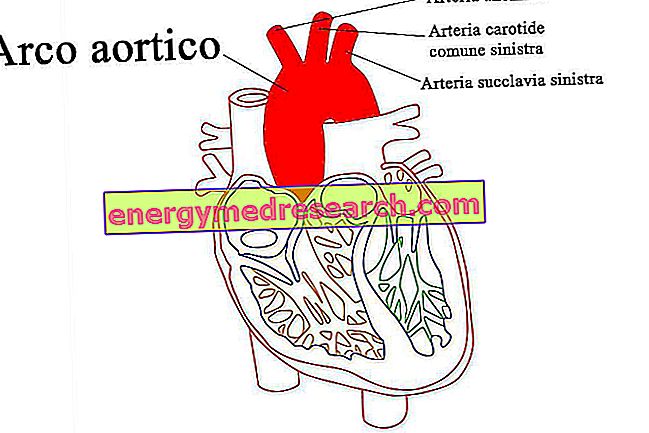Ticks are arthropods belonging to the class of arachnids (such as spiders and scorpions) and to the order of mites. They are divided into two large families: the Ixodide (hard ticks) provided with a rigid shield on the back and the Argaside (soft ticks) without dorsal protection. Ticks are a few millimeters in size, an oval and flattened body and eight legs; the males are dark red-brown (they are similar to a peppercorn), while the females are greyish.
Ticks are equipped with a biting and sucking mouthparts, suitable for their life from obligatory and temporary bloodsucking : they regularly infest domestic and wild animals to feed on their blood. The guests who prefer are small rodents, hares, foxes, deer and birds, but they can also take advantage of hedgehogs, badgers, dogs and other mammals, amphibians and reptiles; man represents an occasional victim. A tick tends to settle more on the head, neck, legs and interdigital spaces, where it can remain attached to the involuntary host for a few hours to several days.
These pests strike above all in the beautiful season, when they awaken from the winter lethargy. Ticks lurk on the ends of shrubs or on a blade of grass, waiting for the passage of an animal. When they feel the presence of a potential "guest", they attach themselves to it (it is enough to be touched), then they position themselves on the skin and pierce it, introducing the rostrum (part of their buccal apparatus). The bite, in general, is not even felt, since during the blood meal these parasites emit a slightly anesthetic substance. So anchored, the ticks begin to suck the blood and to feed for a few days, until, satiated, they detach from the host, letting themselves fall on the ground.



